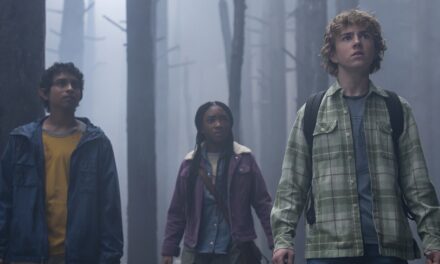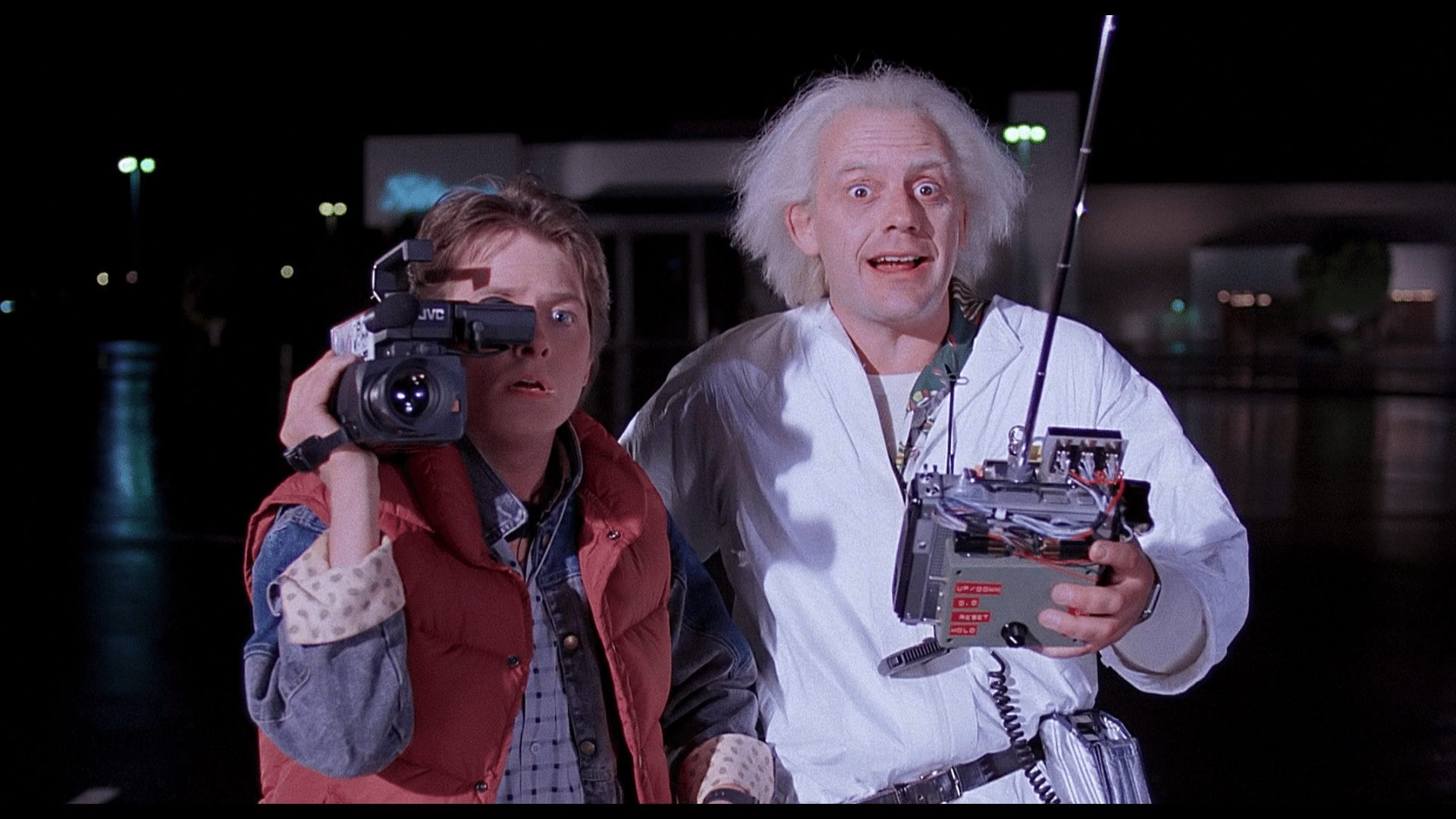In what will be looked upon as one of the most epic modern fails in cinematic history, the sequel to a major Academy Award winning, billion dollar-grossing film made a major face plant at the weekend box office. Joker: Folie à Deux grossed $40M in its opening weekend, a mere $53 million LESS than its predecessor. On top of that, the film scored a disastrous D Cinemascore. YIKES!
There’s a lot of armchair quarterbacking going on about why in the world the movie was an epic fail. So much of that comes from director Todd Phillips’ choice to make the film into a musical. Phillips went all in on this choice by casting Lady Gaga alongside Joaquin Phoenix. Folks scratched their heads upon the casting news and sharpened their knives once the finished product hit screens.
Other movie nerds took issue with Phillips’ other bold cinematic choice: the shifting of aspect ratios. Films are either shown in a flat or scope (widescreen) format. In Joker: Folie à Deux, the format shifts quite often throughout the film. Director Christopher Nolan’s films are notorious for this shifting due to his use of 70mm IMAX cameras for his films. The fanboys deemed this shifting unnecessary and distracting for this film.

But, with all the polarization regarding this film, I’m gonna say something really weird and shocking to defend it.
Joker: Folie à Deux is a movie about the power of Love.
Arthur Fleck just wanted to be loved. He wanted the love of a mother who emotionally abandoned him and left him in the care of predators. He fantasized about the love of his female neighbor in the first film. But, after his descent into Joker which landed him in Arkham Asylum, he finally FINDS love in Harley Quinn.
And, once he found it, he sang – both in his fantasies and in his reality. And once she returned that love, she sang along with him. All that singing is the reason for the aspect ratio switched. The real life prison and court sequences are framed in scope. Arthur’s expressions of love in song are featured in flat occupying the entire screen – an effect enhanced to 100000 when you see the film as I did in 70mm IMAX.

In the end, Arthur’s love for Harley was so deep that he felt at peace with stripping away the false identity of Joker. That embrace of the power of love gave him the courage to willingly disarm himself of Joker…and he paid the ultimate price for it by losing everything. Including the love of his life. And his life itself.
And I absolutely understood all of it. It’s Love in the midst of absolute chaos and insanity. In a real world that looks to have fully embraced the chaos, love springing like a flower growing through concrete looks like insanity. But maybe – like one of the songs in the American songbook interspersed in Joker: Folie à Deux’s musical sequences, that’s what the world needs now.
Joker: Folie a Deux is available digitally now, and on Blu-ray on December 17.





